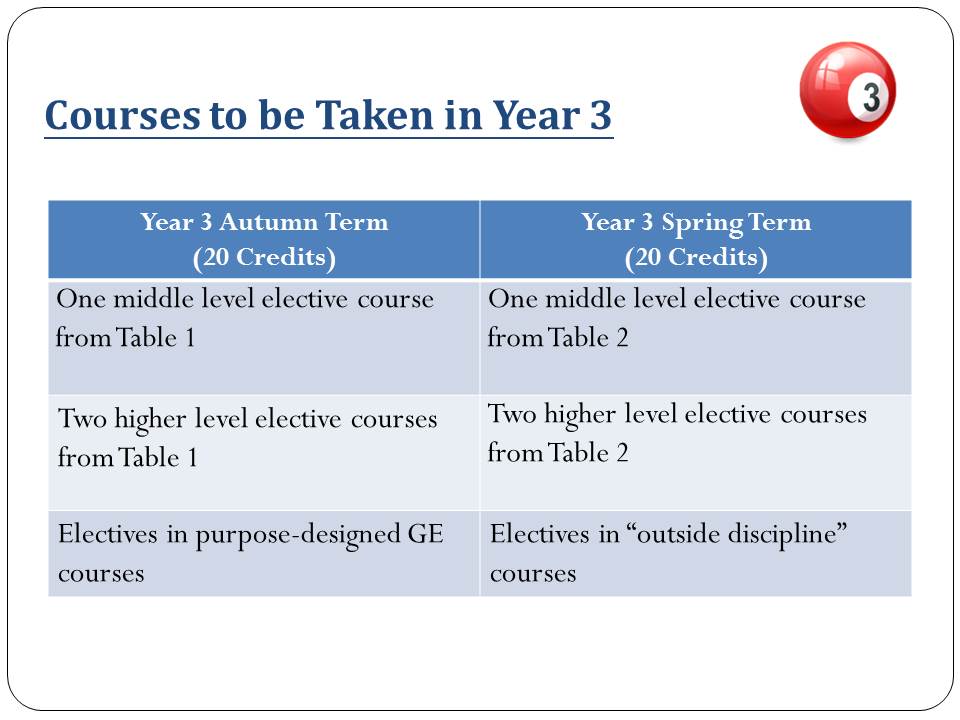** Understanding Student Loan Debt: Managing $1.7 Trillion in Student Loan Debt for Future Generations
### Description:The landscape of higher education financing in the United States has drastically changed over the past few decades, leading to an unpreceden……
### Description:
The landscape of higher education financing in the United States has drastically changed over the past few decades, leading to an unprecedented rise in student loan debt. As of 2023, the total amount of $1.7 trillion in student loan debt is a staggering figure that has significant implications for borrowers and the economy alike. This article delves into the complexities surrounding student loan debt, its impact on individuals and society, and strategies for managing this burden effectively.
To understand the enormity of student loan debt, it’s essential to consider the factors contributing to its growth. The rising costs of tuition, coupled with stagnant wages, have forced many students to rely on loans to finance their education. In fact, the average student graduates with approximately $30,000 in debt, a figure that can vary significantly based on the type of institution attended, the degree pursued, and the financial aid received. This financial burden can affect graduates' ability to buy homes, start businesses, or save for retirement, creating a ripple effect throughout the economy.

The implications of $1.7 trillion in student loan debt extend beyond individual borrowers. It poses challenges for policymakers, educators, and financial institutions as they grapple with the consequences of such a massive debt load. The potential for widespread defaults and the impact on credit markets are concerns that cannot be overlooked. Furthermore, the growing burden of student loan debt has sparked debate about the value of a college education and whether it is worth the financial risk.
For many borrowers, the journey to repay student loan debt can be overwhelming. However, there are several strategies that individuals can employ to manage their loans more effectively. First and foremost, understanding the terms of each loan is crucial. Borrowers should familiarize themselves with interest rates, repayment plans, and any available forgiveness programs. For instance, income-driven repayment plans can help ease monthly payments by adjusting them based on income and family size.

Another effective strategy is to prioritize repayment. Borrowers can focus on paying off high-interest loans first, which can save money in the long run. Additionally, making extra payments when possible can help reduce the principal balance and shorten the repayment period. It’s also beneficial to explore refinancing options, which may offer lower interest rates and better terms, provided the borrower has a stable income and a good credit score.
Moreover, financial literacy plays a crucial role in managing student loan debt. By educating themselves about budgeting, saving, and investing, borrowers can make informed financial decisions that positively impact their overall financial health. Many organizations offer resources and workshops aimed at improving financial literacy among young adults, which can be invaluable for those navigating the complexities of student loan debt.

In conclusion, the issue of student loan debt is a multifaceted challenge that affects millions of Americans and the economy as a whole. With $1.7 trillion in outstanding debt, it is imperative for borrowers to take proactive steps in managing their loans and for policymakers to explore solutions that address the root causes of rising tuition costs. By fostering a culture of financial literacy and providing support for borrowers, we can pave the way for a more sustainable approach to higher education financing, ensuring that future generations are not burdened by the weight of student loan debt.